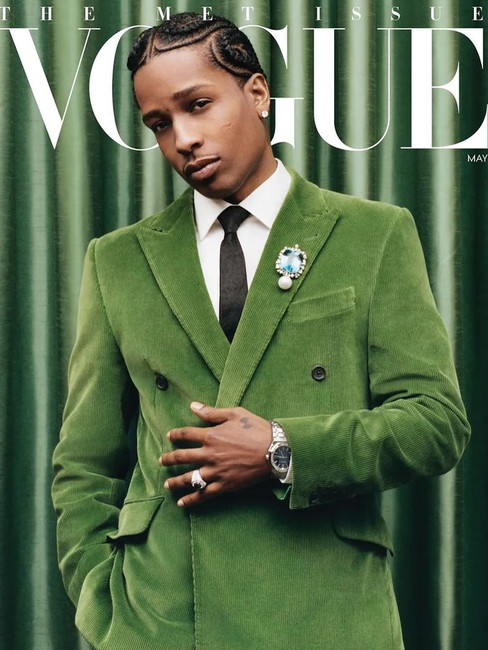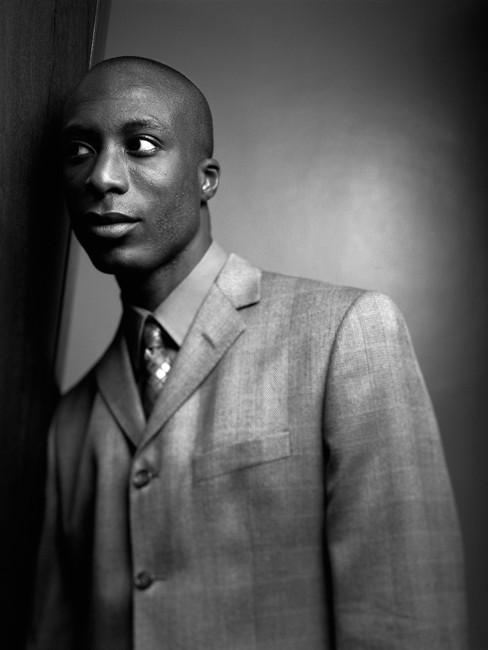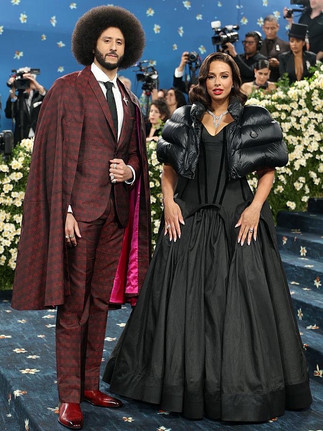

Building Worlds Beyond Ours: bib sama. and Tayoloxs in Conversation on GAIA, Escapism, and the Future of the Underground
At a time when the weight of the world feels heavier than ever, the art of world-building has become an act of resistance — and few are doing it quite like bib sama. and Tayoloxs. Over the past year, the two emerging London visionaries have been constructing a sonic universe around their forthcoming project, GAIA — not just through sound, but through community. Working with a constellation of collaborators — from the emerging cinematographer Rino, to the visual artist SIMMS,


Aitch Speaks on Being a Northern Soul With a Southern Spirit Blending Comfort & Style
Southern comfort has teamed up with Manchester’s Local Space for a limited-edition streetwear drop, Northern Comfort, a line fronted by the renowned Brit Award Winning artist, Aitch.



















![Back to Lustropolis For Odeal's Fall Confessions [Album Review]](https://static.wixstatic.com/media/a0ce48_dce942fdaec741b5b437ebcdc6a2ae8f~mv2.png/v1/fill/w_250,h_250,fp_0.50_0.50,q_35,blur_30,enc_avif,quality_auto/a0ce48_dce942fdaec741b5b437ebcdc6a2ae8f~mv2.webp)
![Back to Lustropolis For Odeal's Fall Confessions [Album Review]](https://static.wixstatic.com/media/a0ce48_dce942fdaec741b5b437ebcdc6a2ae8f~mv2.png/v1/fill/w_352,h_352,fp_0.50_0.50,q_95,enc_avif,quality_auto/a0ce48_dce942fdaec741b5b437ebcdc6a2ae8f~mv2.webp)